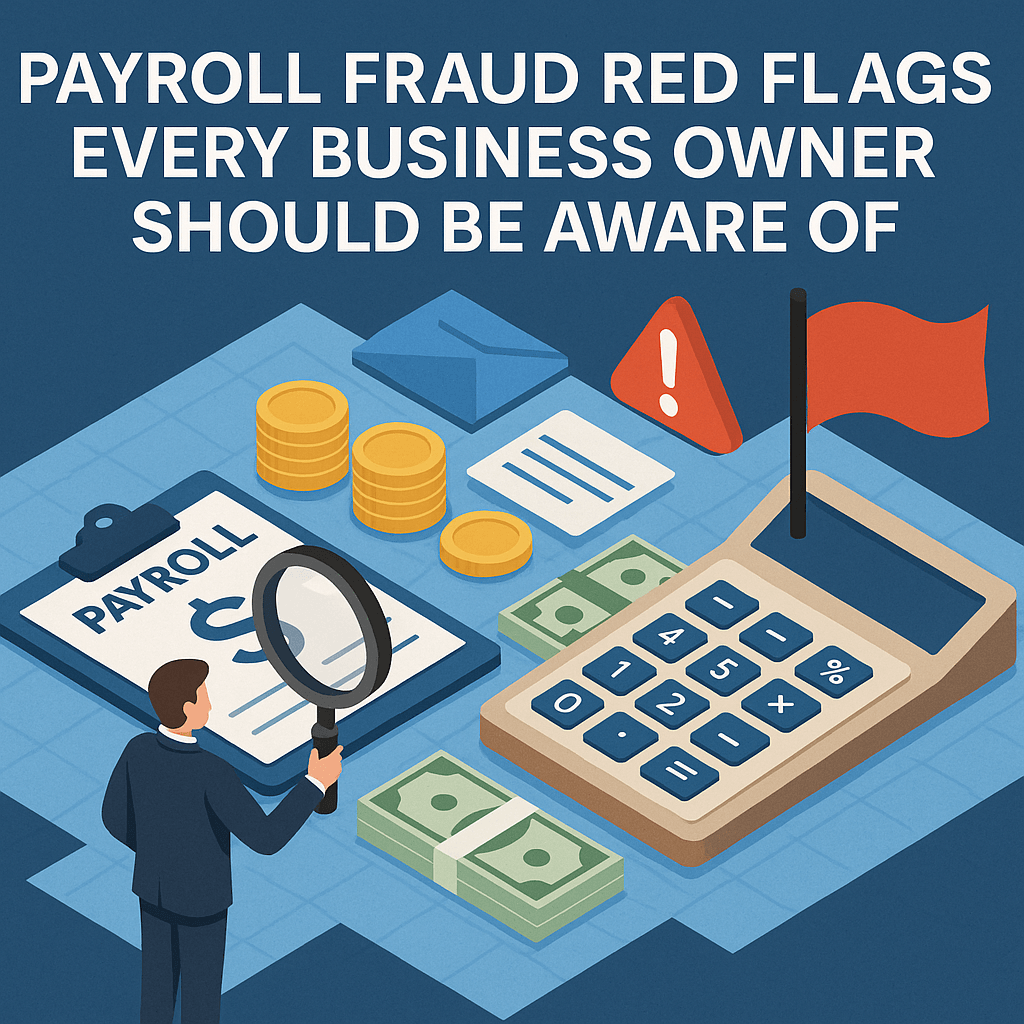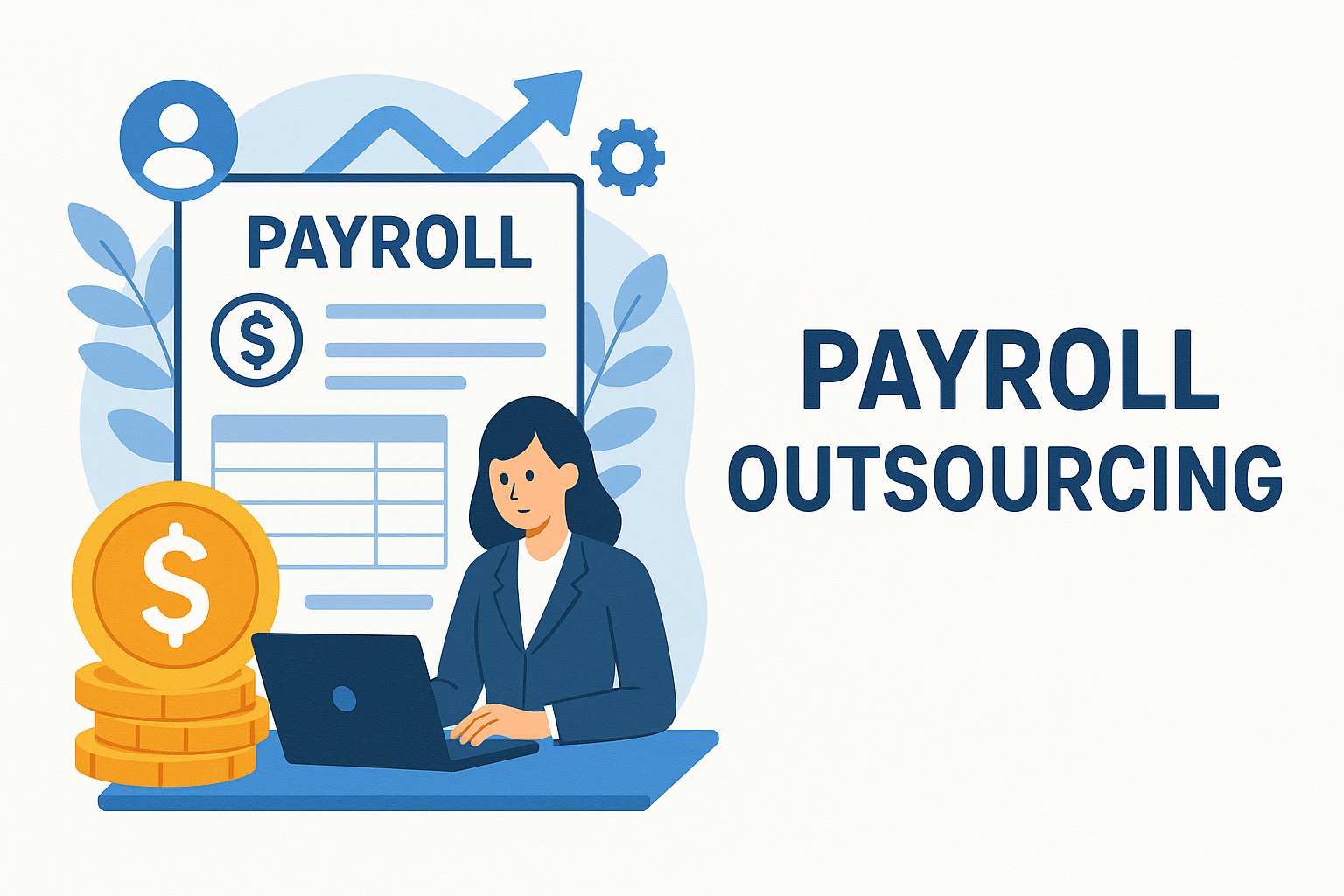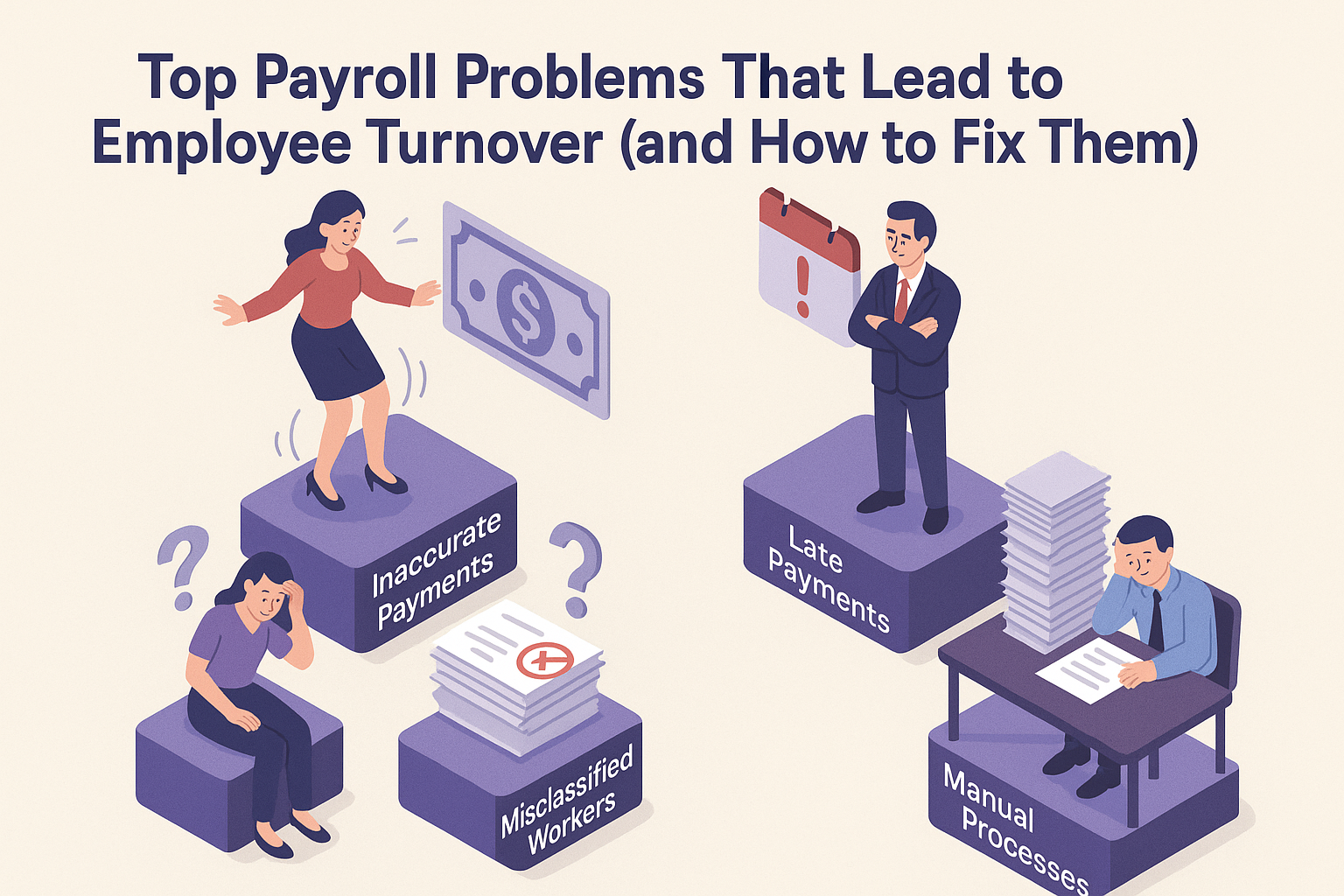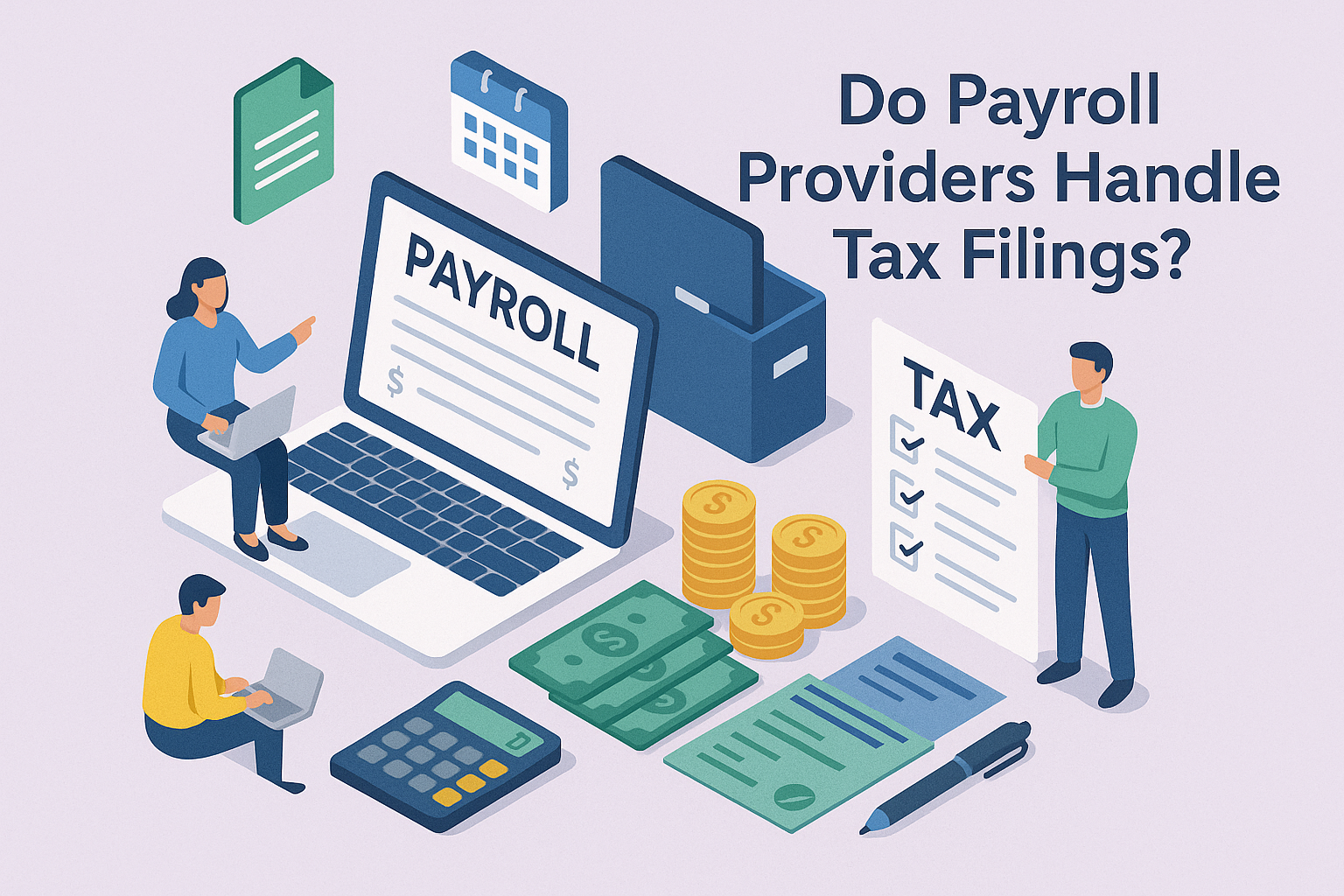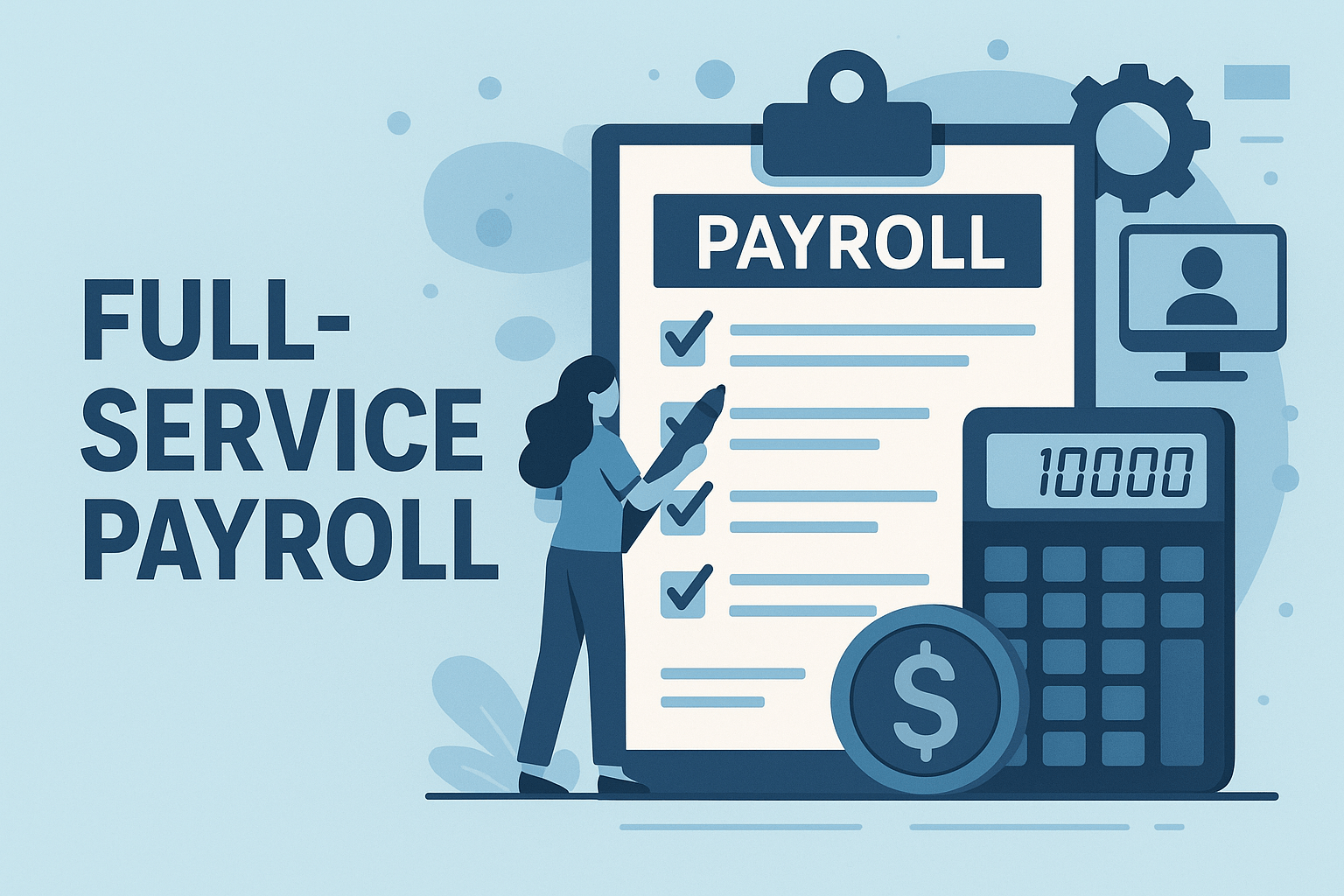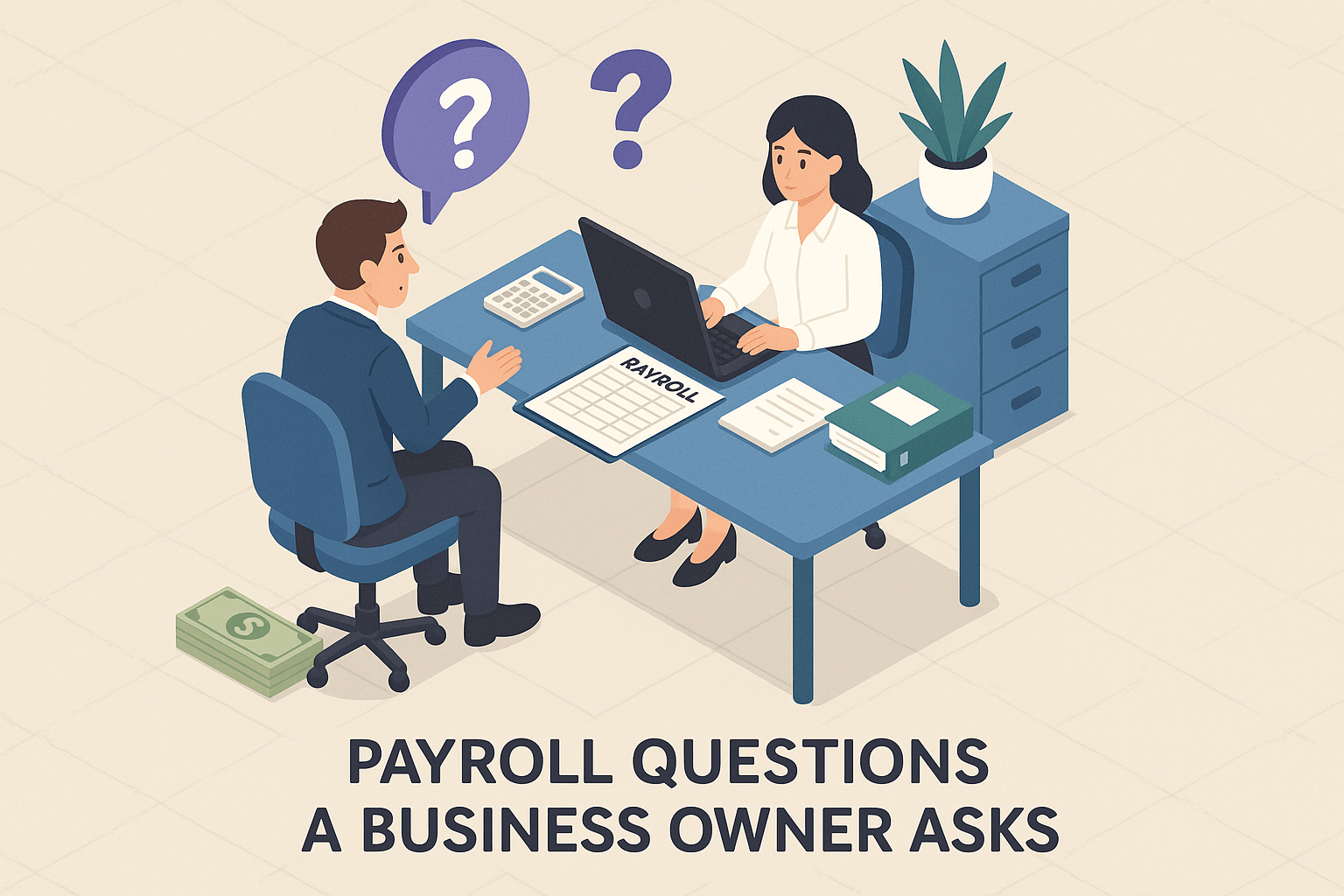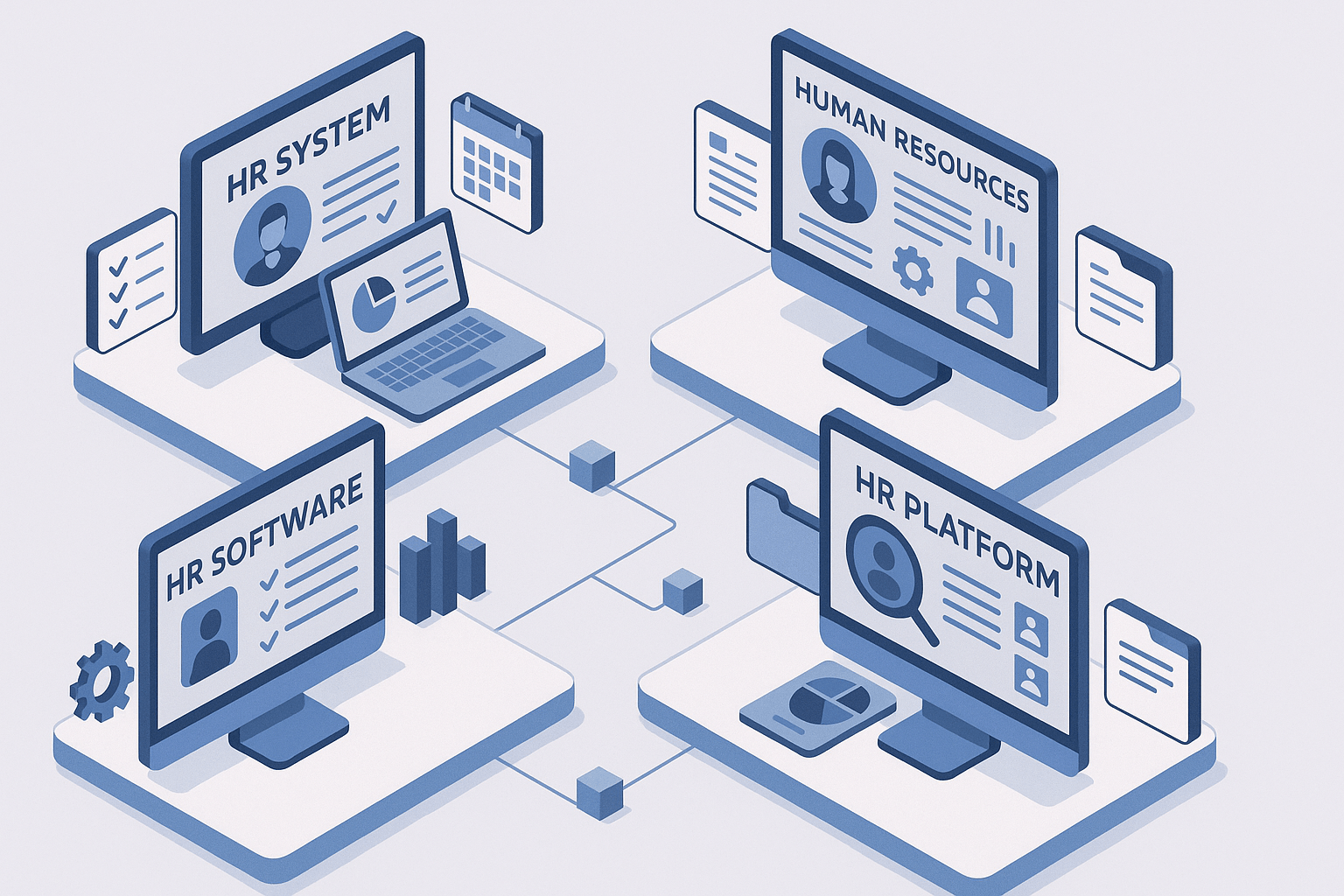Independent Contractor vs. Employee: Key Differences and Compliance Tips
January 17th, 2025
4 min read
In today's complex business environment, understanding the difference between independent contractors and employees is more than a legal requirement—it's a critical aspect of running a successful business. Misclassifying workers can lead to significant legal and financial repercussions, including hefty fines, back taxes, and even lawsuits.
As an HR professional or business owner, you may wonder: How can I accurately classify my workers to protect my business and stay compliant?
At Lift HCM, we've guided countless organizations in managing HR and payroll challenges, including worker classification. In this article, we'll clarify the distinctions between independent contractors and employees, highlight the risks of misclassification, and provide actionable steps to ensure compliance. By the end, you'll be empowered to make informed decisions that safeguard your business and workforce.
Table of Contents
- What Is an Independent Contractor?
- What Defines an Employee?
- Key Differences Between Independent Contractors and Employees
- The Legal Risks of Misclassification
- How to Determine the Right Classification for Your Workers
What Is an Independent Contractor?
An independent contractor, also known as a freelancer or 1099 worker, is a self-employed individual who provides services under a contractual agreement. Unlike employees, independent contractors have control over how they complete their work and are responsible for their own business operations.
Key Characteristics of Independent Contractors:
- Control: They decide their schedules, methods, and work locations.
- Resources: Contractors provide their own tools and equipment.
- Taxes: They handle their own tax obligations, including self-employment tax.
- Benefits: They aren't entitled to employee benefits such as health insurance, retirement plans, or paid leave.
For example, imagine you hire a graphic designer to create a one-off logo for your company. The designer uses their own software, sets their own hours, and completes the project independently. Once the logo is delivered and approved, the contractual relationship ends, making the designer an independent contractor.
.png?width=549&height=584&name=_-%20visual%20selection%20(1).png)
Independent contractors play a vital role in today's gig economy. From tech startups to healthcare providers, many industries rely on contractors for project-based or specialized work, offering businesses flexibility in workforce management.
What Defines an Employee?
An employee works directly under the supervision and control of an employer. Unlike independent contractors, employees are integral to a company's operations and are entitled to specific legal protections and benefits.
Key Characteristics of Employees:
- Work Schedule: Employees follow set hours or shifts directed by their employer.
- Resources: Employers provide the tools, equipment, and resources employees need to perform their duties.
- Taxes: Employers handle tax withholdings, including Social Security, Medicare, and income taxes.
- Benefits: Employees are eligible for benefits like health insurance, paid leave, and retirement plans.
For example, a customer service representative working regular 9-to-5 shifts in a company's call center is classified as an employee. The employer dictates their schedule, provides the necessary tools, and oversees their daily tasks.
Employees often form the backbone of a business, especially in roles requiring ongoing responsibilities like management, customer service, or production. They are crucial for maintaining long-term business stability and operations.
Key Differences Between Independent Contractors and Employees
Understanding the key differences between independent contractors and employees is essential for compliance and workforce planning. These distinctions influence tax obligations, benefits eligibility, and the level of control an employer has over the worker.
| Aspect | Employees | Independent Contractors |
| Control | Employer dictates how, when, and where work is performed. | Control their own methods, schedules, and tools. |
| Taxes | Employer withholds income taxes and pays payroll taxes (e.g., Social Security, Medicare). | Responsible for their own tax payments, including self-employment tax. |
| Benefits | Eligible for employer-provided benefits like healthcare and retirement plans. | Do not receive benefits from the hiring company. |
| Financial Risk | No financial risk; receive guaranteed wages or salary. | May face financial risk depending on client payments and project success. |
| Duration | Often engaged in long-term, ongoing roles critical to business operations. | Typically hired for short-term or project-based work. |
Why These Differences Matter
Accurately distinguishing between these classifications helps ensure compliance with labor laws and tax regulations. Misclassification can result in fines, back taxes, and potential lawsuits—costly consequences businesses can avoid with proper worker classification.
For example, if you engage a worker for an ongoing role where you control their schedule and provide their tools, they are likely an employee. On the other hand, hiring someone for a specific, time-bound project with little oversight aligns more with the independent contractor classification.
The Legal Risks of Misclassification
Misclassifying workers as independent contractors when they should be employees can lead to significant legal and financial consequences. Governments and regulatory agencies, including the IRS and Department of Labor, are cracking down on worker misclassification, making compliance more critical than ever.
Key Risks of Misclassification
-
Fines and Back Taxes
Misclassified workers can result in the employer owing unpaid payroll taxes, penalties, and interest. This can include Social Security and Medicare taxes that weren't withheld or paid. -
Lawsuits
Workers may file lawsuits claiming unpaid wages, overtime, or benefits. Legal fees, settlements, or judgments can become a financial burden for the company. -
Reputational Damage
Publicized disputes over misclassification can damage a company's reputation, making it more difficult to attract talent or secure business partnerships.
(1).png?width=612&height=367&name=_-%20visual%20selection%20(5)(1).png)
The Scope of the Problem
According to the National Employment Law Project, approximately 30% of U.S. workers are misclassified as independent contractors. This widespread issue exposes companies to compliance risks while denying workers their rightful benefits.
For instance, a misclassified delivery driver may sue for overtime pay and benefits they were entitled to as an employee. The resulting legal and financial impact can be devastating for the employer.
Stay Proactive
Companies must carefully assess their workforce and adhere to legal classification guidelines to minimize risks. This proactive approach helps protect their business while maintaining fair treatment for workers.
How to Determine the Right Classification for Your Workers
Properly classifying workers is essential to avoid legal and financial repercussions. To help businesses make informed decisions, the IRS evaluates worker classification based on three key criteria: behavioral control, financial control, and the nature of the relationship.
1. Behavioral Control
- Key Questions:
- Does the employer dictate how, when, or where tasks are performed?
- Does the worker receive training or specific instructions from the employer?
- Explanation:
Workers closely directed by the employer are likely employees, while those who independently manage their work processes align with the contractor classification.
2. Financial Control
- Key Questions:
- Does the worker invest in their own tools or equipment?
- Can the worker realize a profit or loss based on their decisions?
- Explanation:
Independent contractors typically bear financial risk and invest in their own business resources. Employees, on the other hand, rely on employer-provided tools and receive steady wages.
3. Nature of the Relationship
- Key Questions:
- Is there a written contract outlining the relationship?
- Does the worker receive benefits such as health insurance or paid leave?
- Is the work integral to the company's operations?
- Explanation:
Employees usually perform roles central to the business's core functions and often have an indefinite working relationship. Contractors generally have a defined scope of work or project-based agreements.

Best Practices for Compliance
- Conduct regular audits of worker classifications.
- Use tools or software to track payroll and worker agreements.
- Seek legal or HR consulting to clarify ambiguous cases.
By carefully considering these factors and taking proactive steps, you can avoid the pitfalls of misclassification and foster a compliant, ethical workplace.
Building a Compliant Workforce with Lift HCM
Understanding the distinction between independent contractors and employees is crucial for any business aiming to thrive in today's regulatory landscape. Misclassification poses legal and financial risks and can also undermine the trust and morale of your workforce.
By leveraging the insights and strategies outlined in this article, you can ensure that your business remains compliant and your workforce is classified correctly. At Lift HCM, we are committed to supporting you in this endeavor, providing the expertise and tools necessary to navigate these complexities with confidence.
Caitlin Kapolas is a results-driven professional with a strong background in account management and retail. She is dedicated to improving client experiences and building lasting relationships. Caitlin excels in identifying client needs, resolving issues, and implementing customized solutions that drive value. Her effective communication skills ensure high client satisfaction and loyalty, making her a trusted advisor and partner in meeting client needs with precision and professionalism.






